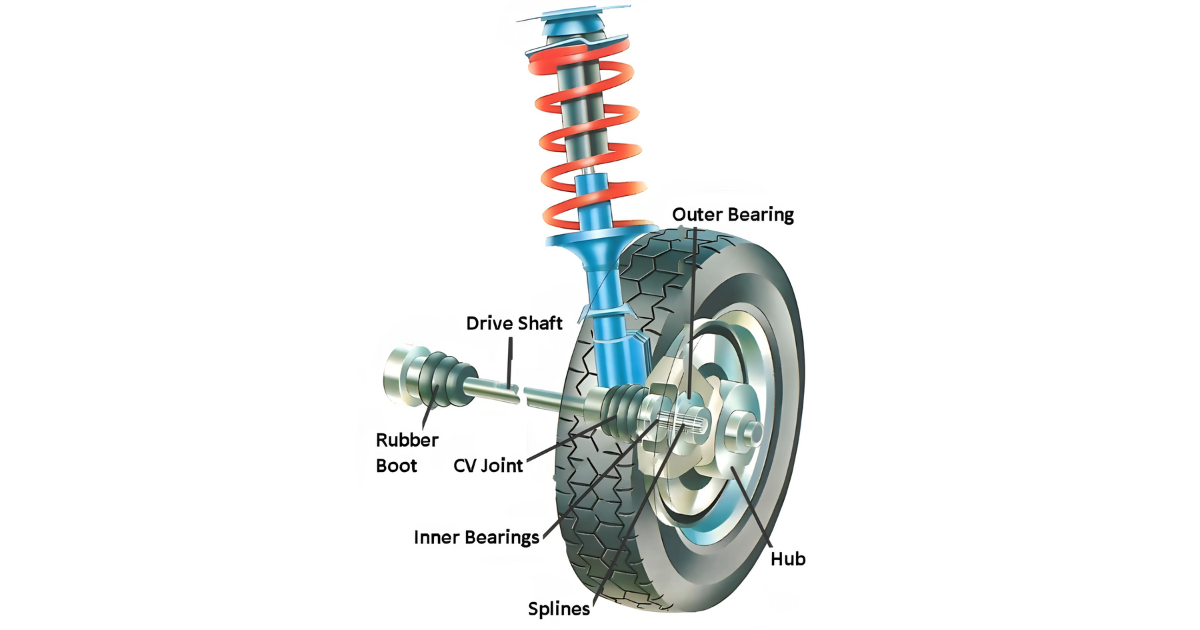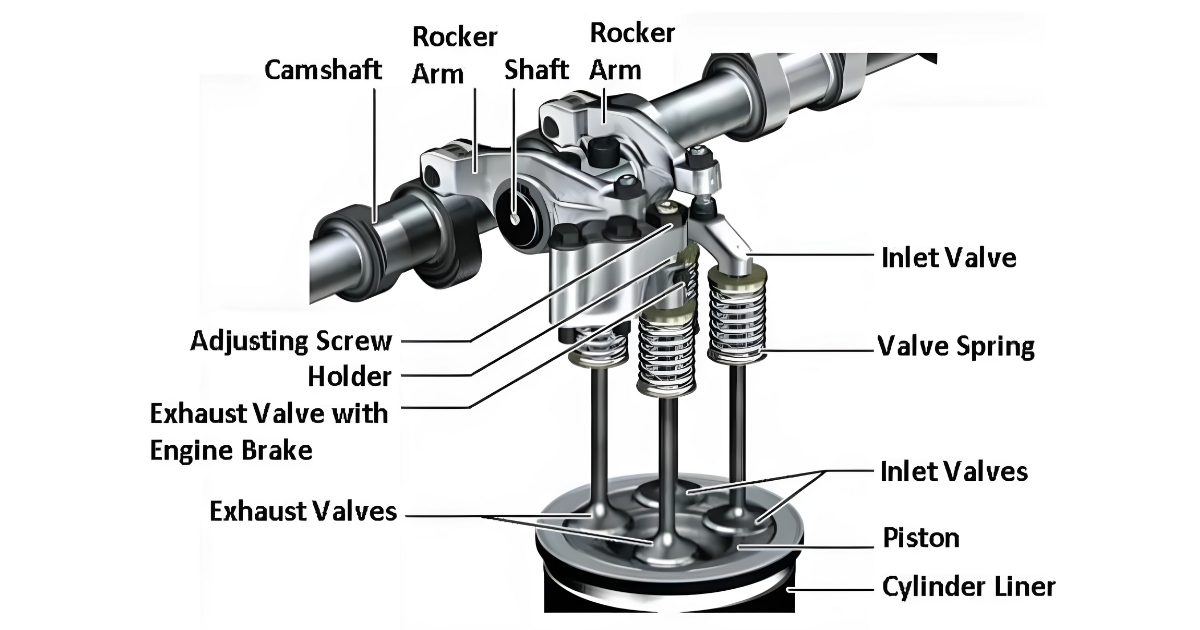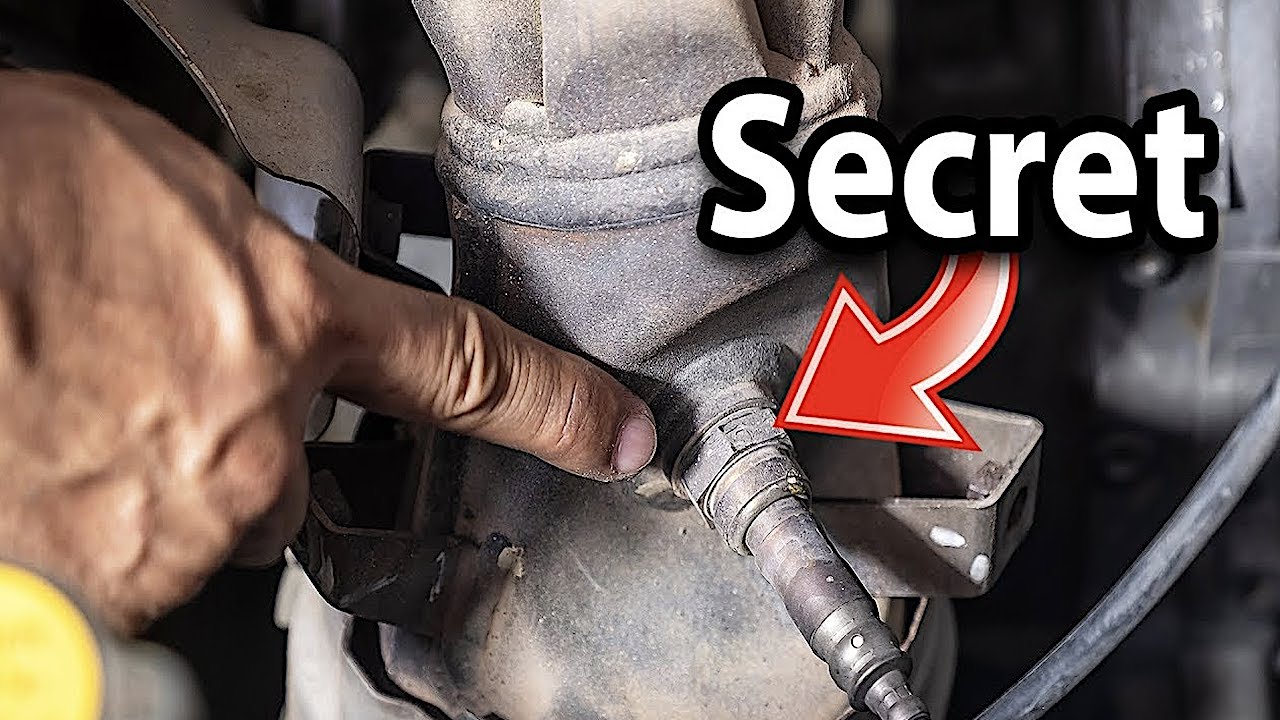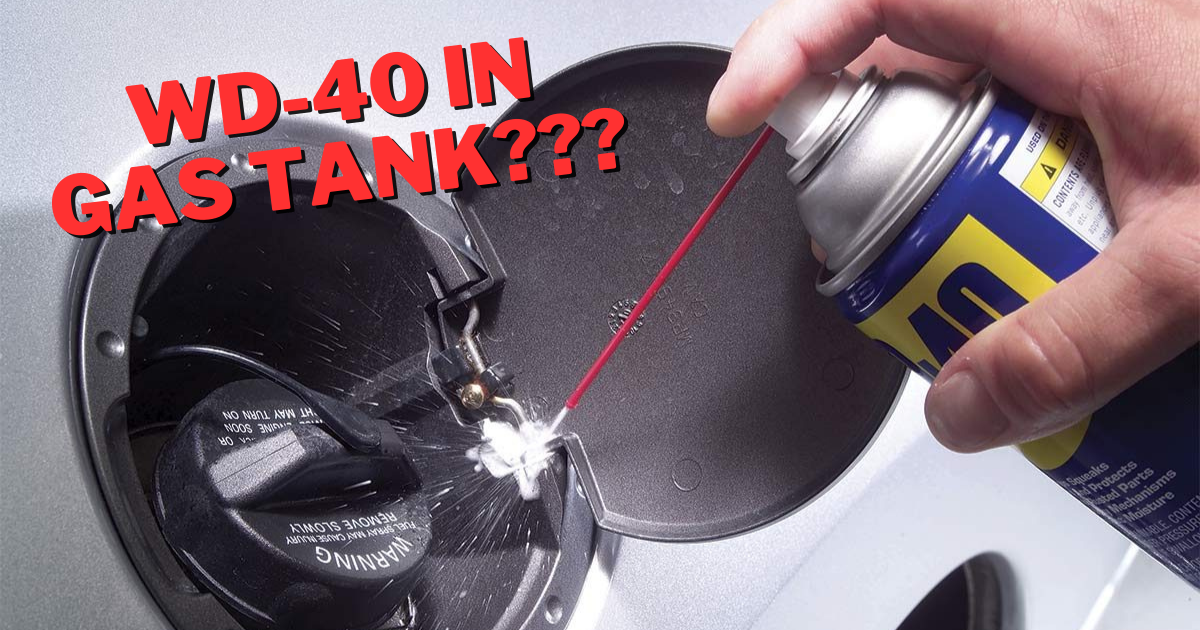Exhaust Gas Recirculation (EGR) valves are essential anti-pollution devices used in cars to reduce the amount of harmful emissions. They work by recirculating a portion of the exhaust gases back into the engine’s combustion chamber, lowering the combustion temperature and preventing catalytic converters from overheating.
In this article, we will discuss the EGR valve, its issues, and the evolution of this technology in modern cars.
The Role of EGR Valves
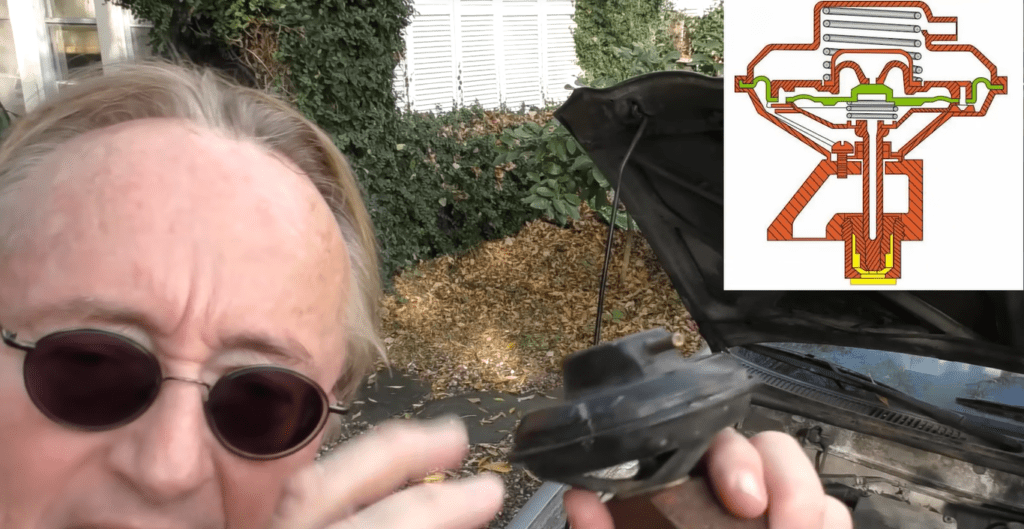
EGR valves play a crucial role in reducing the amount of oxygen going into the engine. By adding inert exhaust gas into the combustion chamber, the combustion temperature is lowered, which helps prevent catalytic converters from overheating. This process reduces the production of harmful emissions, such as nitrogen oxides (NOx), which contribute to air pollution and smog.
Issues with Old-Fashioned EGR Valves
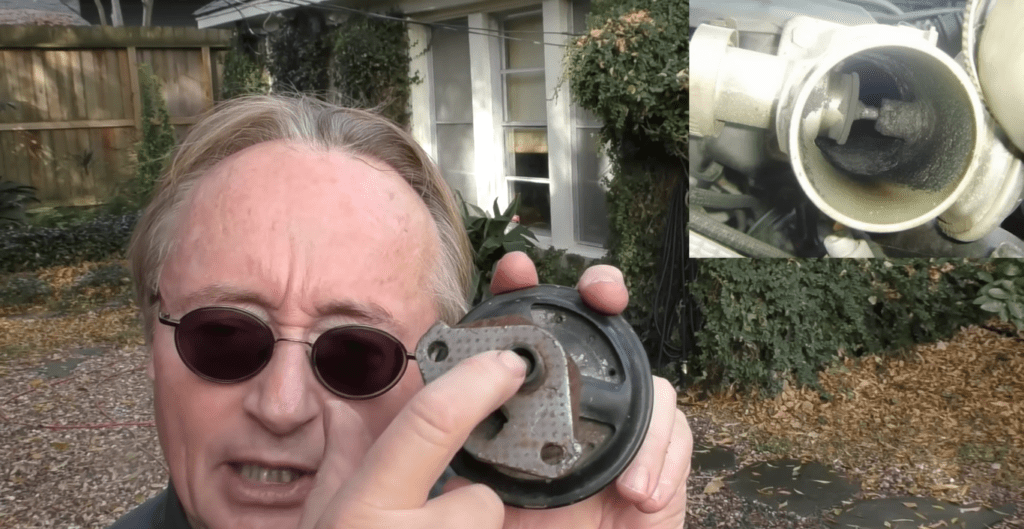
Old-fashioned EGR valves had several issues that could lead to performance problems and increased pollution. These issues included:
- Breaking down: EGR valves could break down due to wear and tear, leading to reduced performance and increased emissions.
- Rubber diaphragms ripping: The rubber diaphragms in EGR valves could rip due to the high heat generated during engine operation, causing the valve to malfunction.
- Tiny holes getting carboned: Over time, tiny holes in the EGR valve could become clogged with carbon deposits, leading to reduced performance and increased emissions.
- Valves jamming open or closed: EGR valves could jam open or closed, causing the engine to run too rich or too lean, leading to reduced performance and increased emissions.
Removing the EGR valve was a common modification to improve car performance, but it also increased pollution.
The Evolution of EGR Valves in Modern Cars

Modern cars, like the speaker’s Toyota, have advanced designs that do not require EGR valves. Instead, they use variable valve timing systems to reduce pollution. These systems adjust the timing of the engine’s intake and exhaust valves, allowing the engine to run more efficiently and reducing the need for an EGR valve.
High technology in cars can be expensive when it breaks down, so it’s essential to maintain cars regularly and choose vehicles with solid, reliable systems. While EGR valves have had their issues in the past, modern cars have evolved to use alternative methods to reduce emissions and improve performance.
Conclusion
In conclusion, the EGR valve remains a critical component in reducing emissions and maintaining air quality. While alternative solutions exist, such as removing or blocking off the valve, these practices contribute to increased pollution.
As technology advances, modern solutions like VVT offer more efficient ways to control emissions, highlighting the importance of staying informed and adapting to new environmental standards in the automotive industry.

